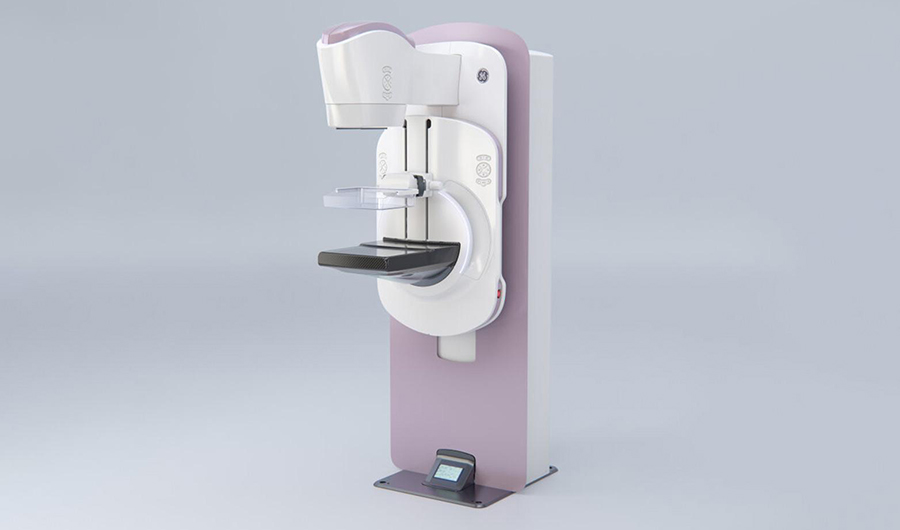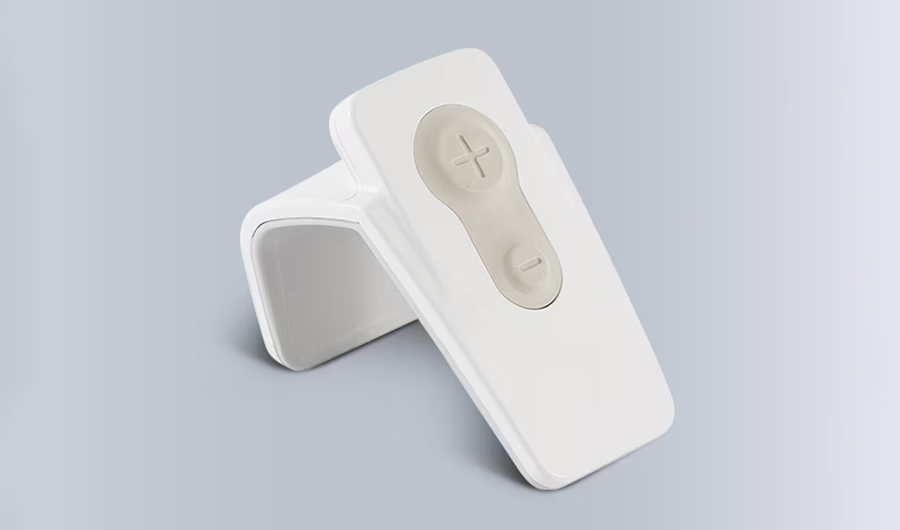
What Is a Mammogram?
A mammogram is a medical imaging test using low-dose X-rays to examine breast tissue. It helps detect early signs of breast cancer, often before any symptoms appear or can be felt. Most women begin regular screening mammograms at age 40, but the best schedule for testing depends on personal risk factors and medical history.
LOW DOSE
At URPrecious Imaging, the Senographe Pristina™ Mammography system delivers superior diagnostic accuracy with the lowest patient dose of all FDA approved Digital Breast Tomosynthesis systems.


Under the radiographer’s supervision and guidance, our technology allows patients to control compression for a more comfortable mammographic experience.
Types of Mammograms
There are two primary types:
Screening mammogram: A routine test for women without any breast symptoms, intended to find cancer early.
Diagnostic mammogram: Performed if there are symptoms (like a lump, pain, or nipple discharge) or after an abnormal screening result. This exam takes more images for a closer look and may be combined with other tests.
Advances in Mammography
Digital mammography offers clearer computer images that can be adjusted for better viewing.
3D mammography (tomosynthesis) creates a more detailed, three-dimensional image, especially helpful for dense breast tissue.
contrast-enhanced mammography (CEM) which provides vascular (blood flow) information, similar to breast MRI, but performed using iodinated contrast.
What to Expect
During a mammogram, a technologist positions the breast on a platform and applies gentle compression. This spreads out the tissue for thinner, clearer X-ray images. The process may cause brief discomfort but is quick and safe.
Why Mammograms Matter
Mammograms can detect breast cancer years before physical symptoms develop, improving chances of successful treatment.
Routine mammograms are recommended every year for women ages from 40 and above, but higher-risk individuals may need to start earlier or get extra tests.
Early detection through mammography contributes to decreased morbidity and mortality related to breast cancer.
What Are Some Advantages Of Mammograms Over Ultrasound?
The physics of Ultrasound and mammogram is different from one another. Due to differences in breast composition, and differences in manifestation of different types of breast cancer such as calcifications, masses, architectural distortion, differences in blood flow or other forms, an appropriate usage of multiple modalities might be necessary to allow early detection of cancer. Mammogram is more sensitive than Ultrasound for detecting calcifications, architectural distortion and sometimes even masses based on their growth pattern. When breast cancer is detected early, then treatment may be minimal and prognosis the best. Routine annual mammographic screening has been shown to decrease breast cancer mortality by 40-50% since initiating mammographic screening in the USA.
We recommend following American College of Radiology appropriateness criteria and Society of breast imaging guidelines about what imaging may be appropriate for you based on your individual risk factors. Our fellowship trained breast imaging radiologist will be able to guide you about the recommended imaging for you, based on your risk factors.














